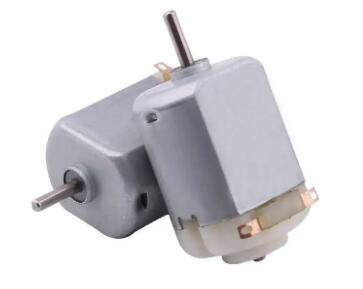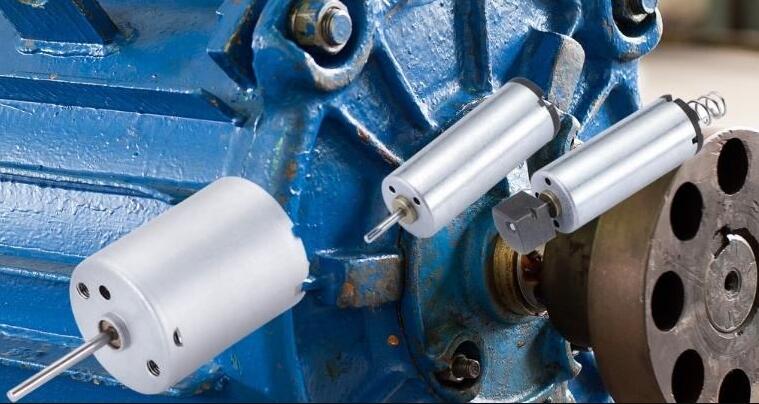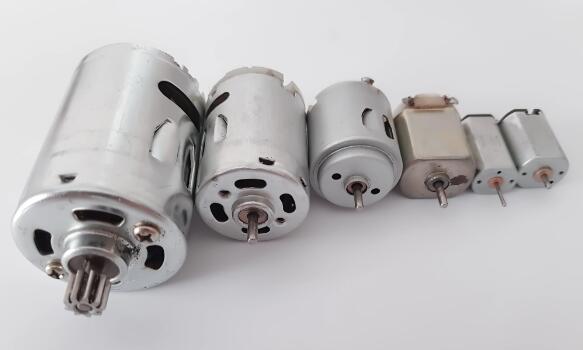Types of DC brush motor
① Brush disc winding motor. The brushed disc winding motor is bonded to a cylinder body with rare earth materials, and the disc winding made of enameled copper wire is placed inside the cylinder body to form the rotor. The motor phase is adjusted by a mechanical inverter. Mechanical inverters adjust voltage phase by friction between fixed carbon brushes and rotating copper commutation surfaces. The electric brushes of this motor are constantly worn out during use, and the lifespan of the motor is difficult to exceed 2000 hours. At the same time, due to the high speed of the motor, two-stage gear reduction must be adopted, which brings two problems: first, high noise, and second, large efficiency loss. The rated efficiency of the motor after reduction often only reaches 68% to 72%. The capacity of the battery used in electric bicycles is limited, usually 36V/12Ah. If the motor efficiency is not high, it will increase power consumption and affect the driving range.
② Brush printed winding motor. The brushed printed winding motor uses copper foil board as the winding, which reduces the weight of the motor. Due to the fact that all of these motors are produced on automatic production lines with reliable processes, the lifespan of the motor has been extended to 3000 hours, noise has been significantly reduced, and efficiency has been increased to 72% to 76%. But this type of motor has a "buzzing" high-frequency noise, and the efficiency is still not ideal even after gear reduction. The use of brushed inverters makes it impossible to further improve the service life of the motor.
③ Brush pressed winding motor. This type of motor can increase its efficiency to 74% to 78% by compressing the wound copper wire into a new type of winding. This type of motor is still widely used by electric bicycle manufacturers, but its efficiency, noise, and lifespan defects are still issues that must be improved.
The wheel type brushed DC motor with gear transmission consists of a disc-shaped armature brushed motor and a gear reduction and transmission system. A disc-shaped armature is a high-speed rotating rotor. The structure of a brushed DC motor with wheel type gear transmission is shown in Figure 2-2. The torque of the motor is transmitted to the first stage gear through the shaft, and through gear reduction, it drives the hub shell to rotate.













